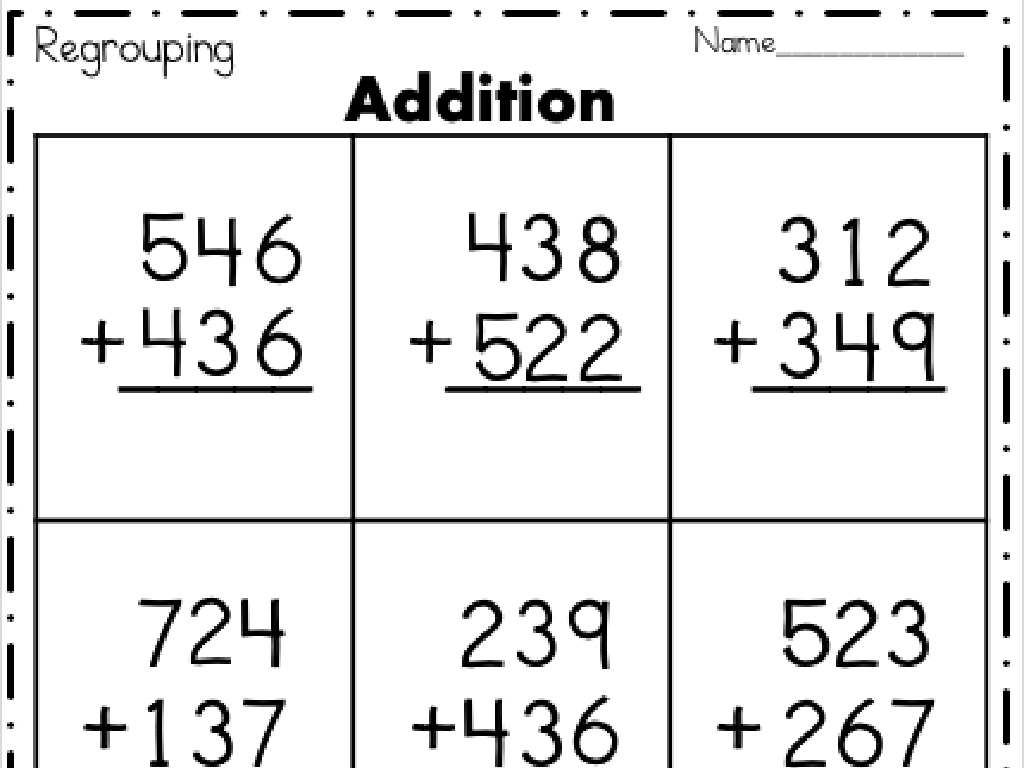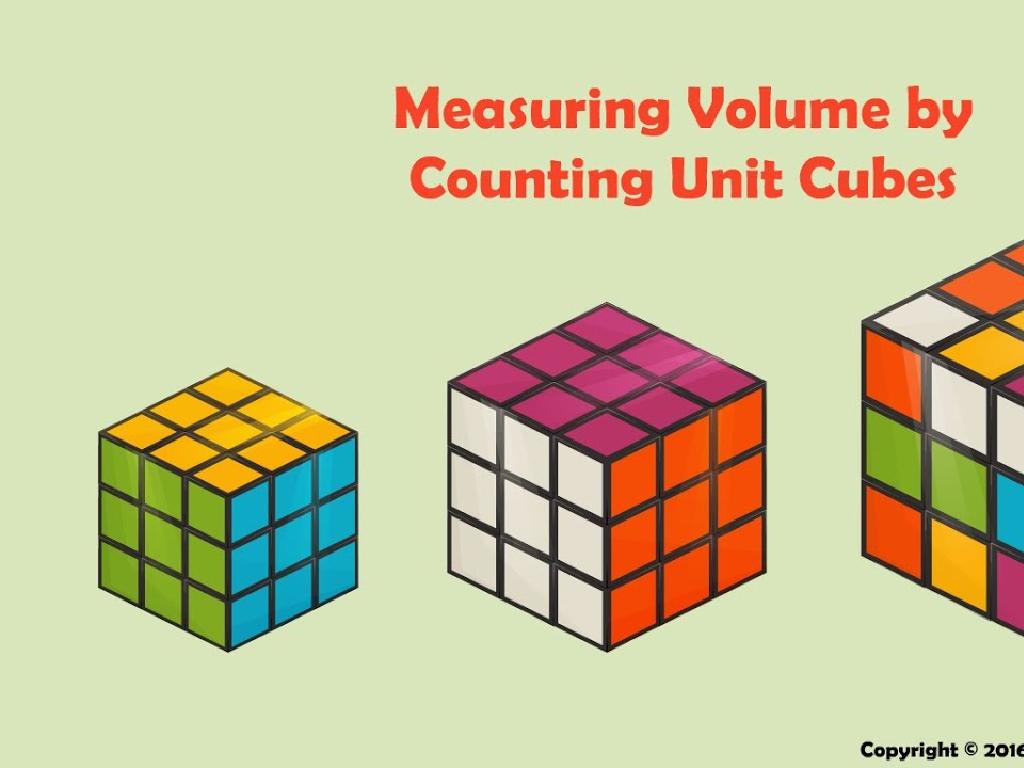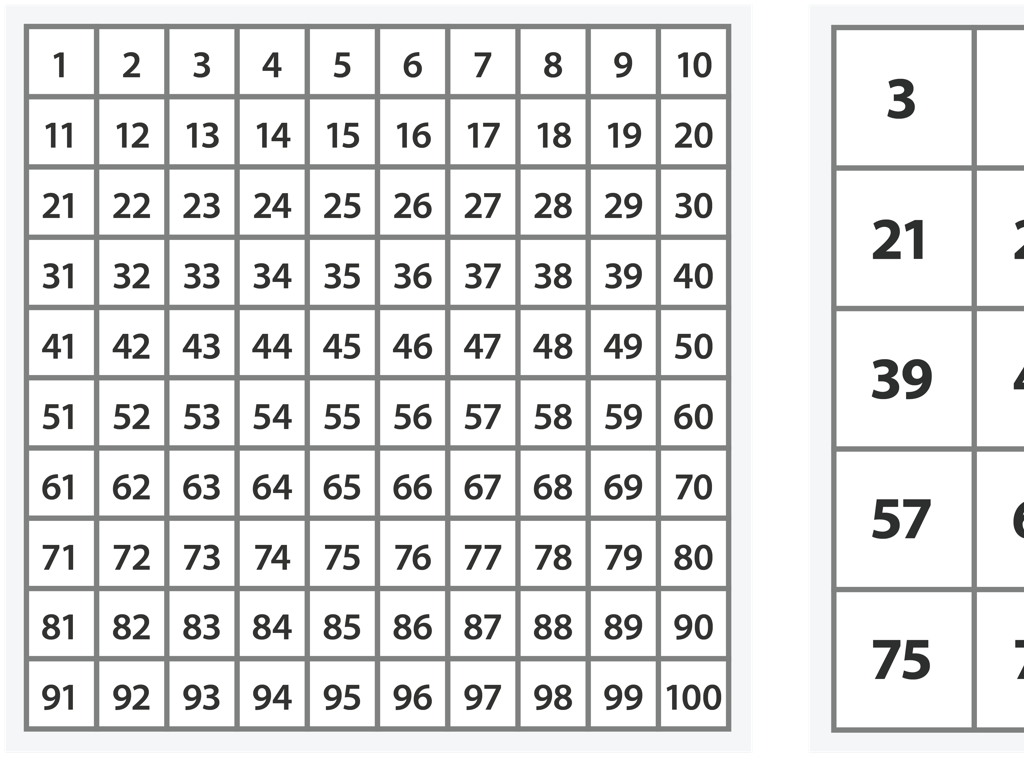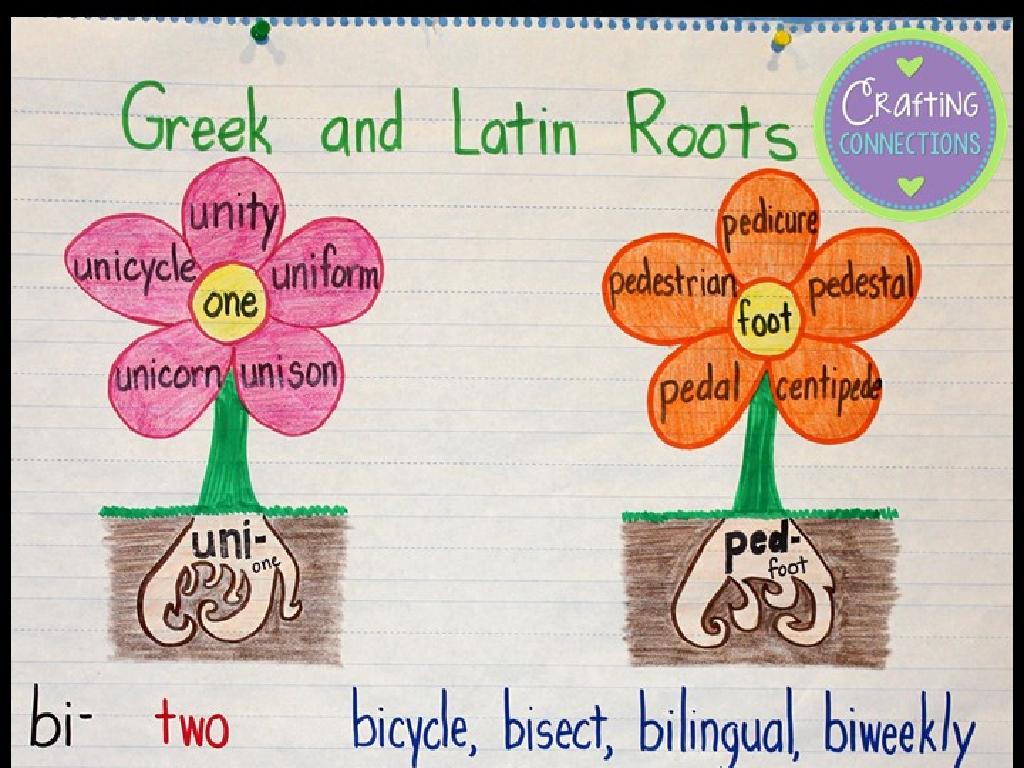Apply Addition And Subtraction Rules
Subject: Math
Grade: Eighth grade
Topic: Rational Numbers
Please LOG IN to download the presentation. Access is available to registered users only.
View More Content
Mastering Addition and Subtraction with Rational Numbers
– What are rational numbers?
– Numbers that can be expressed as a fraction a/b, where a and b are integers and b is not zero.
– Rational numbers in daily life
– Used in budgeting, cooking measurements, and time management.
– Rules for adding rational numbers
– To add, find a common denominator, then add the numerators.
– Rules for subtracting rational numbers
– To subtract, find a common denominator, then subtract the numerators.
|
This slide introduces the concept of rational numbers and their application in everyday life, setting the stage for learning the specific rules of addition and subtraction. Start by defining rational numbers and ensuring students understand the concept of fractions and integers. Discuss how these numbers are used in real-world scenarios like budgeting money or measuring ingredients. Then, explain the rules for adding and subtracting rational numbers, emphasizing the importance of a common denominator for these operations. Provide examples for each rule to illustrate the process. Encourage students to think of additional examples where they encounter rational numbers daily.
Understanding Rational Numbers
– Define rational numbers
– A number that can be expressed as a fraction a/b, where a and b are integers, and b is not zero.
– Examples vs. non-examples
– Examples: 1/2, 0.75; Non-examples: Pi, square root of 2
– Rational numbers in daily life
– Money, measurements, and time often involve rational numbers.
– Practice with real examples
– Let’s add 1/2 and 3/4, or subtract 5/6 from 1.
|
This slide introduces the concept of rational numbers, which are any numbers that can be expressed as a fraction with integers in the numerator and denominator, and the denominator is not zero. Provide clear examples of rational numbers, such as common fractions and decimals, and contrast them with non-examples like irrational numbers. Highlight how rational numbers are used in everyday life, such as in dealing with money (dollars and cents), measuring ingredients for cooking, or calculating time. Encourage students to think of their own examples. Conclude with a class activity where students practice adding and subtracting rational numbers using examples relevant to their daily experiences.
Properties of Addition and Subtraction
– Commutative Property of Addition
– Order doesn’t affect sum: a + b = b + a
– Associative Property of Addition
– Grouping doesn’t affect sum: (a + b) + c = a + (b + c)
– Subtraction as Addition’s Inverse
– Subtraction reverses addition: a – b = a + (-b)
– Practical application of properties
|
This slide introduces students to the fundamental properties of addition and subtraction within the context of rational numbers. The commutative property indicates that the order in which two numbers are added does not change the sum. The associative property shows that when adding three or more numbers, the way in which the numbers are grouped does not affect the sum. Subtraction is presented as the inverse operation of addition, which can be thought of as adding a negative. Emphasize these properties with examples and encourage students to apply them in solving problems with rational numbers to simplify calculations and understand the structure of arithmetic.
Adding Rational Numbers
– Rules for adding rational numbers
– Keep the denominator same, add the numerators
– Adding with same denominators
– Find a common denominator, then add numerators
– Adding with different denominators
|
When adding rational numbers, the key is to look at the denominators. If the denominators are the same, simply add the numerators together and keep the denominator unchanged. For different denominators, find the least common denominator (LCD), convert each fraction to have the LCD, and then add the numerators. It’s crucial to simplify the resulting fraction if possible. During the lesson, provide examples with both like and unlike denominators, and demonstrate the process of finding the LCD. Encourage students to practice with a variety of problems to gain confidence in adding rational numbers.
Subtracting Rational Numbers
– Rules for subtraction
– Change to addition with the opposite sign
– Same denominator subtraction
– Keep the denominator, subtract numerators
– Different denominators
– Find a common denominator first
– Simplifying results
– Always reduce to the simplest form
|
When teaching subtraction of rational numbers, start by explaining the rules, emphasizing the need to change subtraction into addition of the opposite. For same denominators, remind students that they only subtract the numerators while keeping the denominator the same. When the denominators are different, guide them through finding a common denominator before performing the subtraction. After obtaining the result, instruct on simplifying the fraction to its simplest form. Provide examples for each case and encourage practice with a variety of problems to ensure understanding.
Applying Addition and Subtraction Rules
– Example 1: Adding rational numbers
– Add: 3/4 + 1/2 = 3/4 + 2/4 = 5/4 or 1 1/4
– Example 2: Subtracting rational numbers
– Subtract: 5/6 – 1/3 = 5/6 – 2/6 = 3/6 or 1/2
– Understanding why rules work
– Rules are based on equivalent fractions and common denominators
– Class activity: Practice problems
|
This slide introduces students to the application of addition and subtraction rules for rational numbers. Start with an example of adding two fractions, ensuring to find a common denominator before combining. Follow with subtraction, again emphasizing the importance of a common denominator. Discuss the rationale behind these rules, focusing on the concept of equivalent fractions and maintaining the integrity of the numbers involved. Conclude with a class activity where students solve practice problems to reinforce their understanding. Provide different sets of problems to cater to varying levels of proficiency within the class.
Practice Problems: Addition & Subtraction
– Problem 1: Add fractions with different denominators
– Find a common denominator, then add the numerators.
– Problem 2: Subtract fractions with the same denominator
– Keep the denominator, subtract the numerators.
|
This slide is designed to provide students with practice problems to apply the rules of addition and subtraction of rational numbers. For Problem 1, guide the students through the process of finding a common denominator before adding the numerators. For Problem 2, remind students that when the denominators are the same, they only need to subtract the numerators. Encourage students to work through these problems step-by-step and verify their answers. Provide additional examples if time permits, and ensure to clarify any doubts. This practice will help solidify their understanding of working with rational numbers.
Class Activity: Rational Numbers Relay
– Split into teams for the relay
– Solve problems step-by-step
– Each member adds/subtracts a rational number
– Pass your work to the next teammate
– Ensure smooth transitions between steps
– First team to finish correctly wins!
|
This activity is designed to encourage teamwork and reinforce the concept of adding and subtracting rational numbers. Divide the class into small groups, and provide each team with a set of addition and subtraction problems involving rational numbers. Each student in the team is responsible for one step of the problem-solving process and must pass their work to the next member to continue. The goal is to complete the problems accurately and quickly. As a teacher, circulate to offer guidance and ensure that each step is correctly executed. Possible variations of the activity could include different levels of difficulty for each team or a ‘relay race’ where students physically move to a station to complete their part of the problem.
Wrapping Up: Addition & Subtraction of Rational Numbers
– Review of rules for adding & subtracting
– Mastery of concepts is crucial
– Understanding these rules is essential for solving real-world problems.
– Homework: Rational Numbers worksheet
– Complete the worksheet to practice applying the rules.
– Be prepared to discuss solutions
– We’ll go over the answers together in class.
|
As we conclude today’s lesson, it’s important to recap the addition and subtraction rules for rational numbers. Emphasize to students that mastering these concepts is vital for their success in mathematics, as these operations are foundational for higher-level math. For homework, students are assigned a worksheet that provides practice on these topics, reinforcing their understanding. Encourage students to attempt all problems and remind them that we will review the worksheet in the next class, discussing any challenges they encountered. This will help them to solidify their grasp of the material and prepare them for more complex mathematical concepts.






